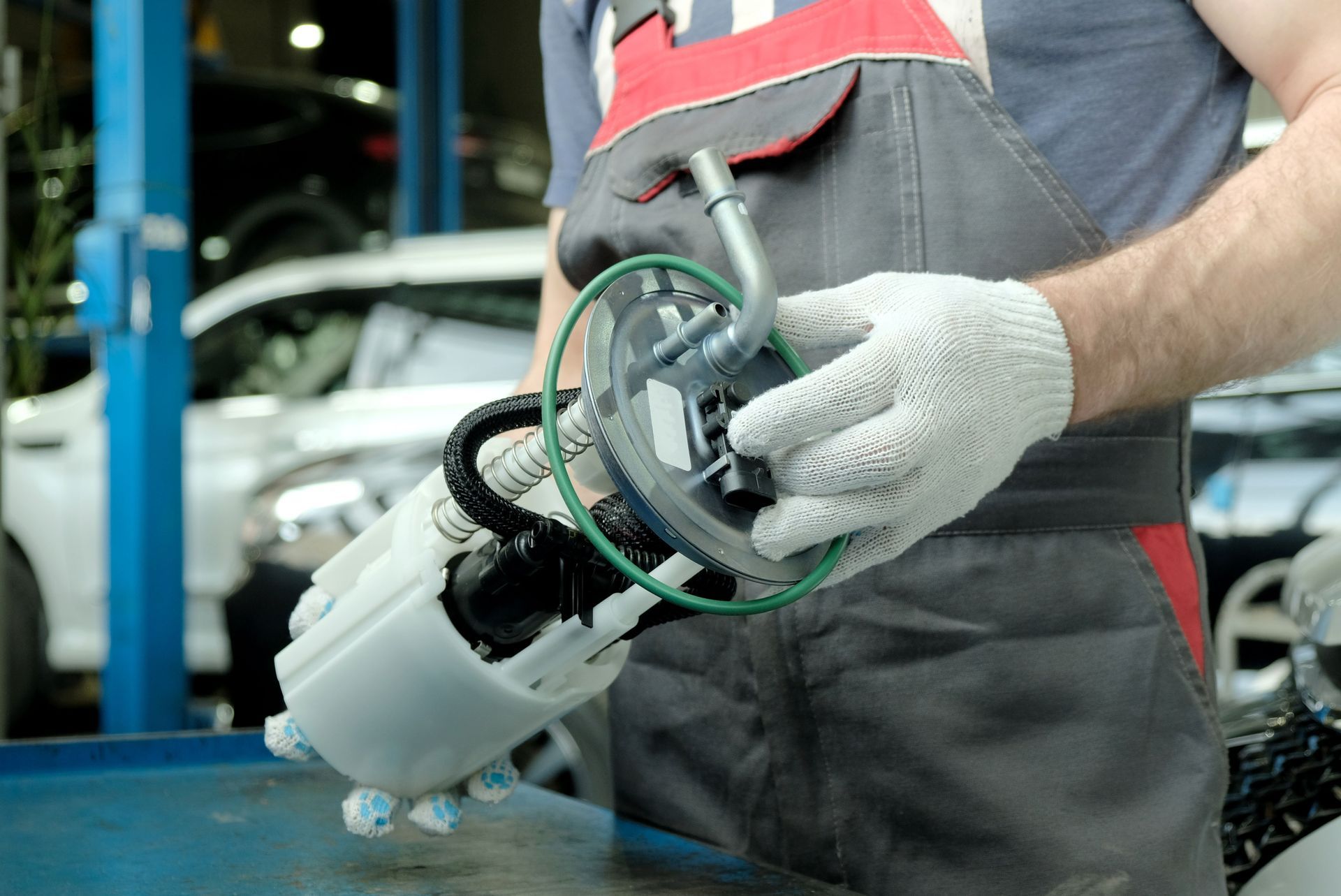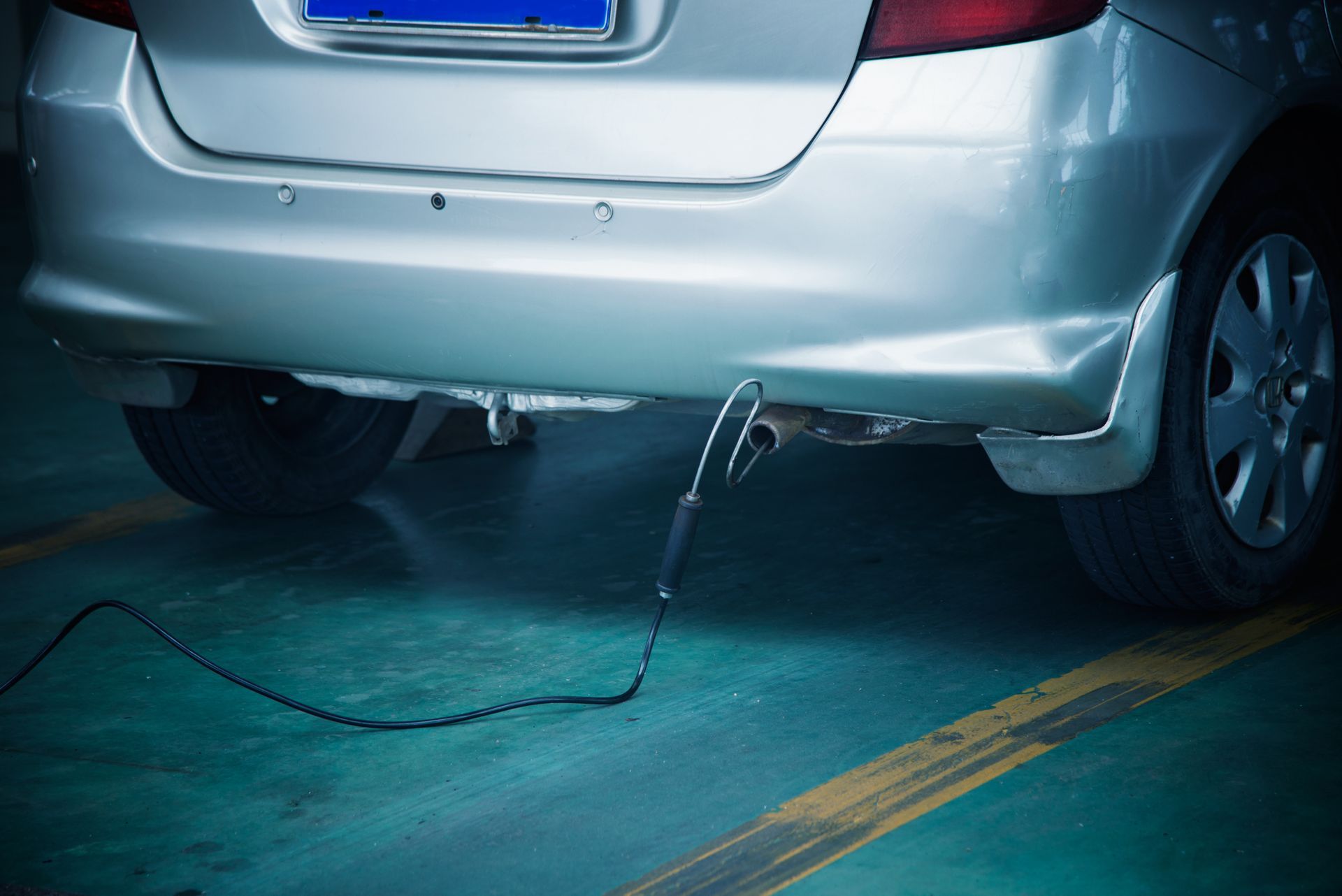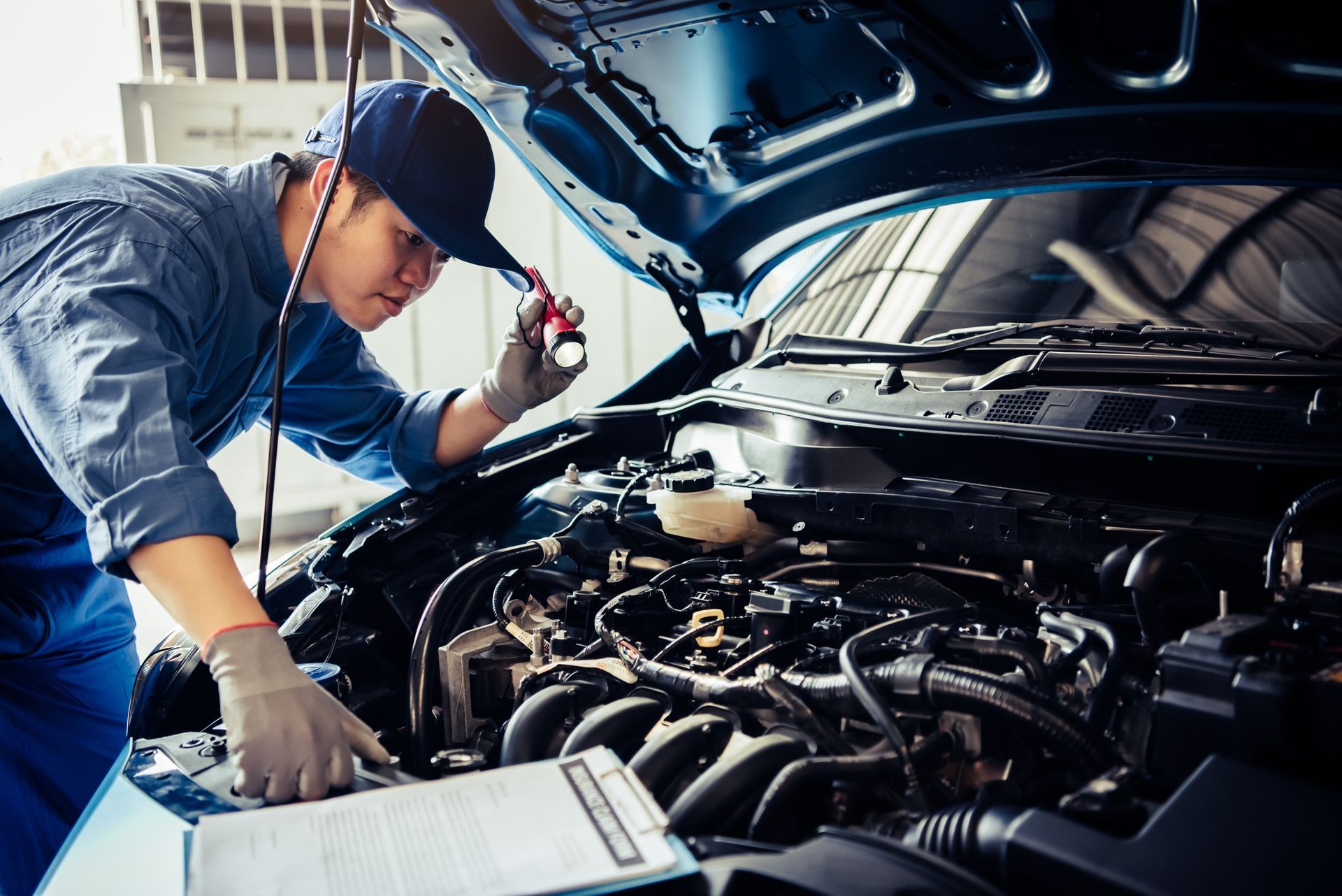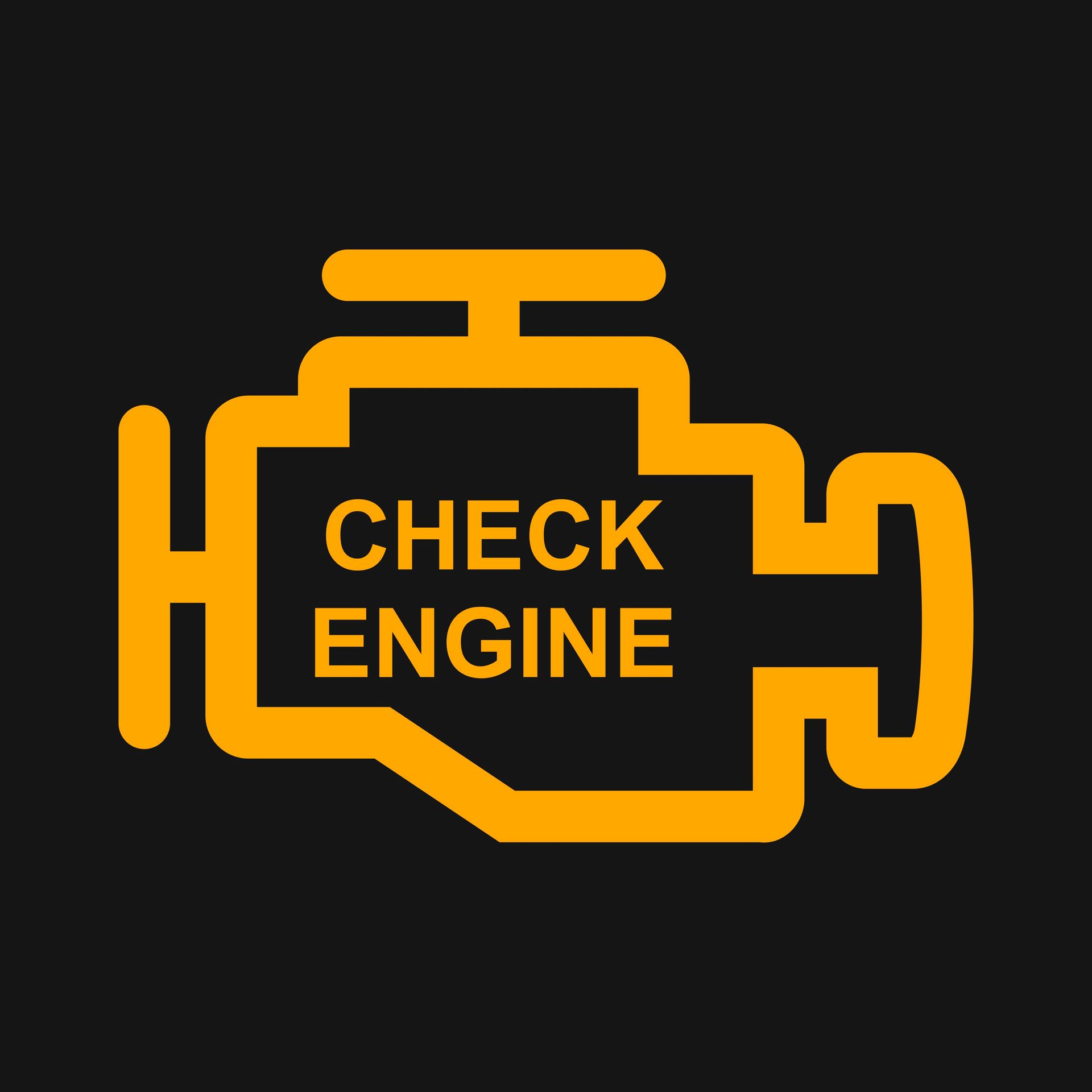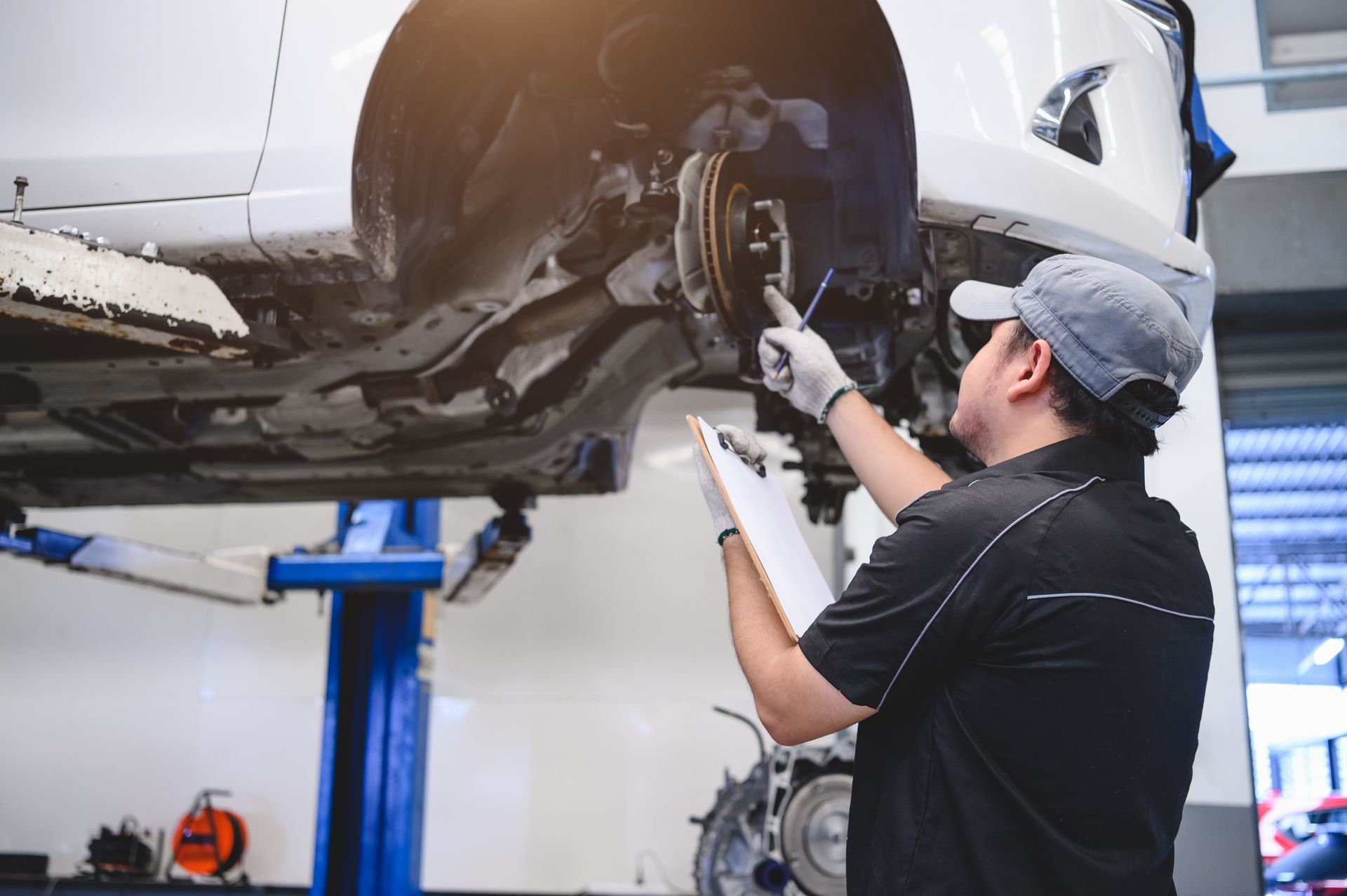If you're a car enthusiast or just someone who wants to take better care of their vehicle, you've probably heard of terms like "timing belt" and "auxiliary belt." But do you really know what they are and why they matter?
Timing Belt
Imagine your car's engine as a well-orchestrated symphony of moving parts. Each component has to operate in perfect harmony to keep your vehicle running smoothly. This is where the timing belt comes into play.
The timing belt is like the conductor of this automotive orchestra. It's a toothed rubber belt that connects the crankshaft (the part that converts the engine's linear motion into rotational motion) to the camshaft (which controls the opening and closing of the engine's valves). As the crankshaft turns, it spins the camshaft, ensuring the valves open and close precisely at the right moments.
Why Timing Matters
Timing is crucial in an engine because it dictates when air and fuel should enter the combustion chamber and when exhaust gasses should exit. If the timing is off, it can lead to poor engine performance, reduced fuel efficiency, or even engine damage.
Here's the catch: Timing belts are not immortal. Over time, they can wear out, develop cracks, or snap altogether. If this happens, your engine's timing goes haywire, and the results can be catastrophic.
Auxiliary Belt
While the timing belt manages the critical function of valve timing, the auxiliary belt is a multitasker. It's also known as the serpentine or drive belt because it snakes its way through various engine components.
The auxiliary belt drives essential accessories like the alternator (which charges your battery), power steering pump (for effortless steering), air conditioning compressor (for that cool breeze on a scorching day), and water pump (to keep your engine from overheating).
Essentially, the auxiliary belt keeps everything outside the engine running smoothly. If it fails, you might have a dead battery, no power steering, a sweltering cabin, or an overheated engine.
Maintenance Matters
Now that you understand the roles of these belts, it's evident that their proper functioning is vital for your car's health. But how can you ensure they do their job without a hitch?
Maintenance, maintenance, maintenance! Timing belts typically have a recommended replacement interval, often somewhere between 60,000 and 100,000 miles, depending on your vehicle's make and model. Replacing it before it fails is a wise move. The auxiliary belt should also be inspected during routine maintenance, as wear and tear can vary depending on conditions and usage.
Need a belt change? America's Service Station is here to answer your call for help! Just book an appointment, and our mechanics will have you on the road in no time.


